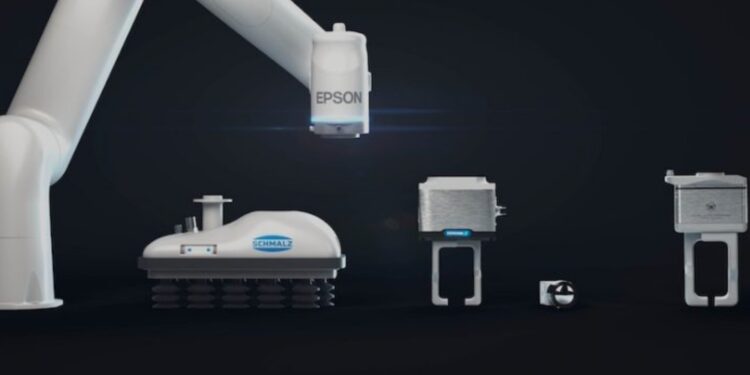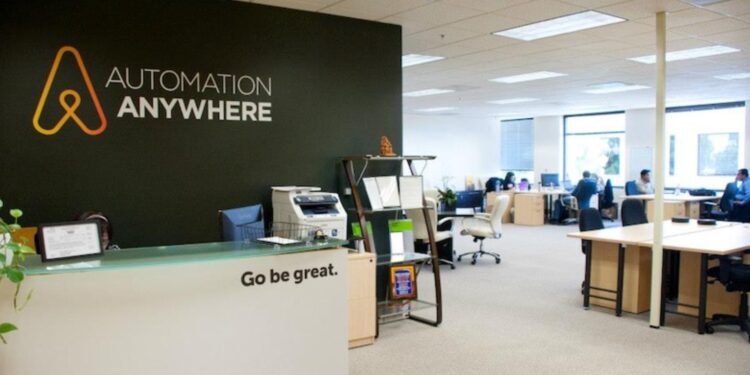With Germany facing a period of economic uncertainty due to slow growth and political instability, it’s now time to focus on the growth of the robotics sectors, in particular clean environment robotics.
That unveiling, debuting at Automatica 2025 later this month, reflects a strategic shift for Epson to address growing demand in precision automation in applications such as life sciences and pharmaceuticals, which comes as the wider German robotics industry struggles.
The economy in Germany is currently in one of its worst slumps with growth expected to be flat in 2025. The Bundesbank expects a slow recovery: new US tariffs, global protectionism and domestic structural problems are the main obstacles.
The VDMA, Germany’s engineering association, forecasts that the German robotics and automation industry’s revenue will fall 10% this year, with delayed investments even as competition from Asia grows.
Even more significantly, within this context, the launch of Epson’s AX6-A901S, a device featuring minimal disturbance and a custom built carbon arm for human and robot collaborative tasks within sterile spaces, is particularly impressive.
Offering flexibility and a small footprint, with the option for ISO 14644-1 Class 5 clean room compatibility and Python programming capabilities, the robot is designed for the demanding hygiene and precision needs of pharmaceutical and laboratory applications. In addition, its small footprint and flexible controller enables it to be mounted on AGVs and AMRs.
At the same time, Artificial Intelligence (AI) is increasingly having an impact on the German manufacturing domain. According to a recent report by KPMG, 91% of German companies see AI as business critical and are planning to invest more in AI in 2025.
Businesses are very much turning to AI for efficiency, speedy data analysis, and product development, though not without some stumbling blocks around governance and ethical use. Combining AI and robotics, especially in predictive maintenance and collaborative applications, is considered an essential factor in delivering efficiency and innovation capabilities.
The decision by Epson to launch a custom-designed robots in such a climate, serves to illustrate just how much industrial automation can be pulled in opposite directions.
Other factors further cloud the opportunity for the traditional sectors, but high-precision-needs industries, and the transformative power of AI, are driving other types of industries, into the mix, meaning a diversified and fragmented future for robotics in Germany.
















